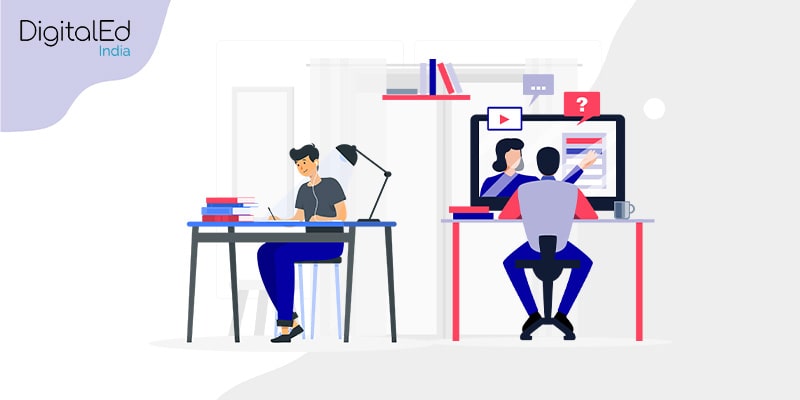Online and Individual Learning and Various Aspects of It

The beginning of the year 2020 symbolized the initiation of some new habits, routines, and patterns that were brought in to escape the disastrous impact of Covid-19. Besides using a mask, sanitizer, and starting work from home, one thing that changed the world of education forever was the beginning of online classes for students. It included students of all ages, classes, and categories.
Was the change easy?
No.
Teachers, students, and the management, everyone had their share of struggles in adapting to the new system. It was more difficult, especially for the students at schools and colleges.
Most Common Challenge for Students in Online Classes
Online classes have a new normal post-Covid-19. No doubt, it came as a blessing for students locked in their homes when Covid-19 was still rising to new levels every day. However, it is not free from challenges. Students face many challenges due to online classes. The most common challenge for students in online classes is that of poor internet service. Good Internet speed is the most important pillar of online classes. Slow internet connection and disruption in connections break the smooth learning process of students and it disturbs their concentration. Due to such issues, teachers also find it hard to maintain the rhythm of the class. Though the internet has reached remote areas of India and the world, good internet speed is still a challenge that needs to be met to make it as productive as it promises to be.
Besides, various studies also report a rise in anxiety and depression in students due to online classes.
Elements of Individual Learning Needs
Individual learning needs mean the difference between what a learner wants to get out of his learning and his present state of knowledge, skill, and enthusiasm. As the name Individual Learning Needs suggests, it varies from student to student and every student can have a different kind of learning need.
Different individual learning needs can be classified under four main elements of Individual Learning Needs. These are:
- Cognitive – Examples include asking good questions, thinking independently, practicing problem-solving, etc.
- Social – Examples include communicating with peers, managing time and tasks, interacting while problem-solving etc.
- Affective – Examples include attaining goals, having a sense of belongingness, nurturing positive attitudes etc.
- Psychomotor – Examples include comfortable sitting, good sleep, exercise, etc.
Ways to Promote Individual Learning
Individual learning helps a student improve academic performance, increase concentration, motivation, and confidence. It also helps students develop a creative and intellectual way of thinking. There are different ways through which individual learning can be promoted. Some of them are –
Letting students set their own goals: By doing this, students develop a sense of ownership and responsibility toward their education. they are now more concerned about reaching their goals.
Encourage collaboration: Encouraging collaboration helps students understand the importance of teamwork. They become more open to help each other and learn from each other.
Encouraging Self-Monitoring: Provide students with a task and tell them to monitor themselves without any external supervision. Here, students become more conscious about finishing the task responsibly on time.
Involving students in lesson planning: Involving students in lesson planning is an amazingly effective way of promoting individual learning. When students are involved in lesson planning, they tend to gain more clarity of the subject matter and can finish it on time.
Helping students become reflective: Learning is not an open-ended exercise. It has to have some outcome. Encourage students to be reflective of what they are learning in a ‘learning diary’. Here, they can also keep track of what they are learning on a daily basis.
Benefits of Online Education
There are several benefits associated with online education that are hard to get with the traditional mode of offline education.
The flexibility of time and space: Online education provides the flexibility of time and space. With online education, students are free to join classes and learn from the place of their convenience. Also, one can learn and watch recorded class lectures anytime from their mobile phone and laptops.
Better Time Management: Online education also helps people save the time that gets wasted in traveling from one place to another place in the offline mode of education. Students can use this time for a deeper and better understanding of their subjects.
Career Advancement Opportunities: Career advancement opportunities provided by online education are a boon for people looking to learn new skills to progress in their careers. Moreover, online courses are less costly when compared to offline courses.
Exposer to New Technical Skills: Learning with an online medium leaves a person with no other option but to deal with and adapt to the technologies associated with it. With the rise of online education and other online communication channels, we have all experienced this in our life. It is an exceptionally good medium to make people aware of innovative technologies.
Besides all these benefits, online education also helps students and people, in general, to choose from a wider range of courses, meet people with the same academic interests, etc.